Produits Présentés
-
Promo !
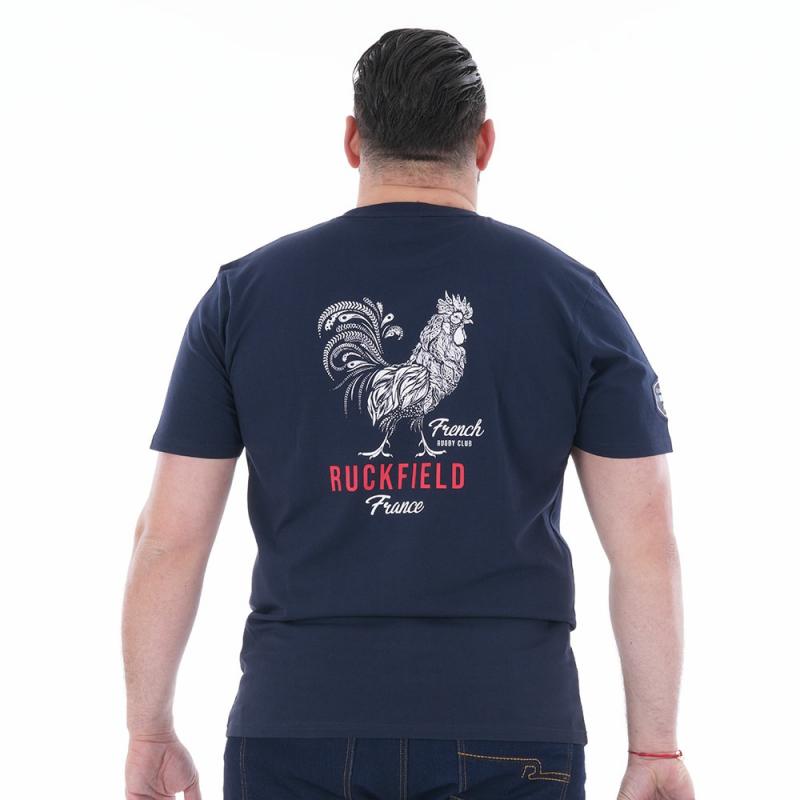
Ruckfield T-shirts | PRÊT À PORTER T-shirt avec coq French Rugby Club bleu marine Ruckfield
€ 57.95€ 27.55 Choix des options -
Promo !
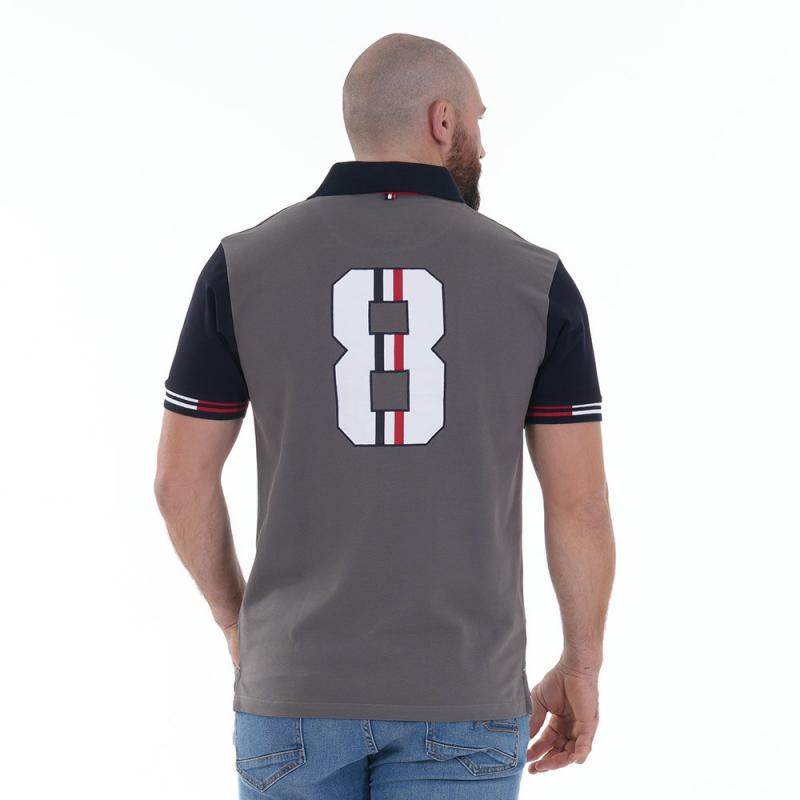
Ruckfield Polos | PRÊT À PORTER Polo gris foncé French Rugby Club Ruckfield
€ 117.80€ 55.10 Choix des options -
Promo !
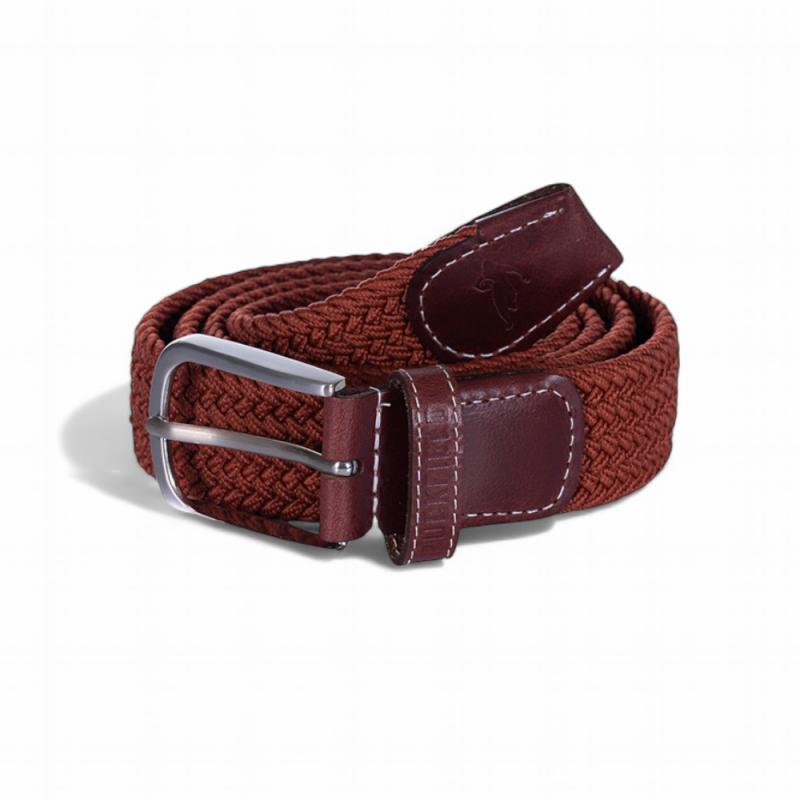
Ruckfield | ACCESSOIRES Ceinture extensible rouille
€ 44.65€ 20.90 Choix des options -
Promo !
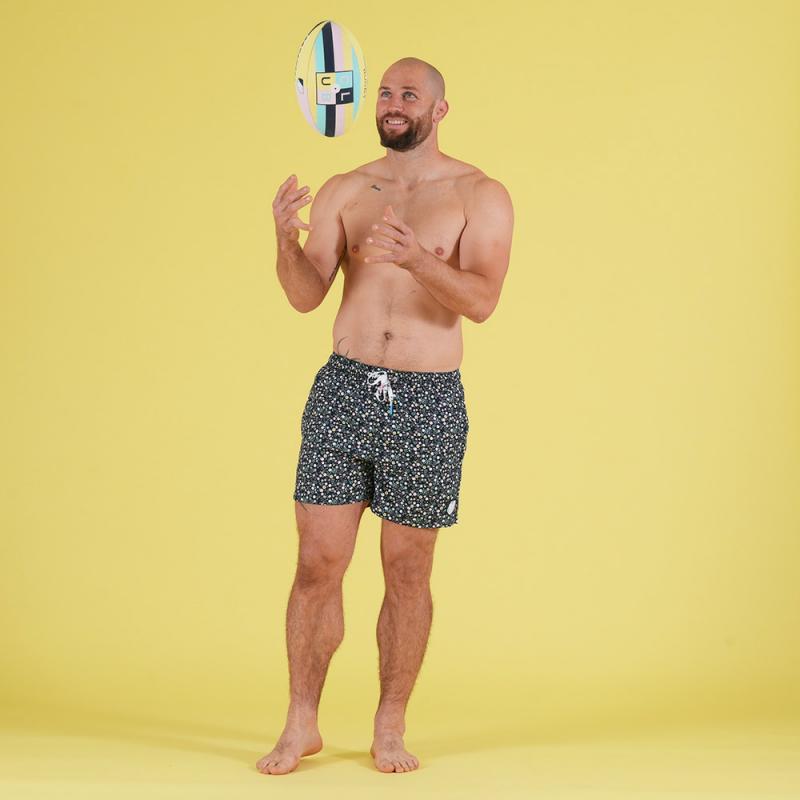
Ruckfield Shorts de bain | PRÊT À PORTER Boardshort fleuri « Le Club »
€ 82.65€ 38.00 Choix des options
Le Plus Populaire
-
Promo !
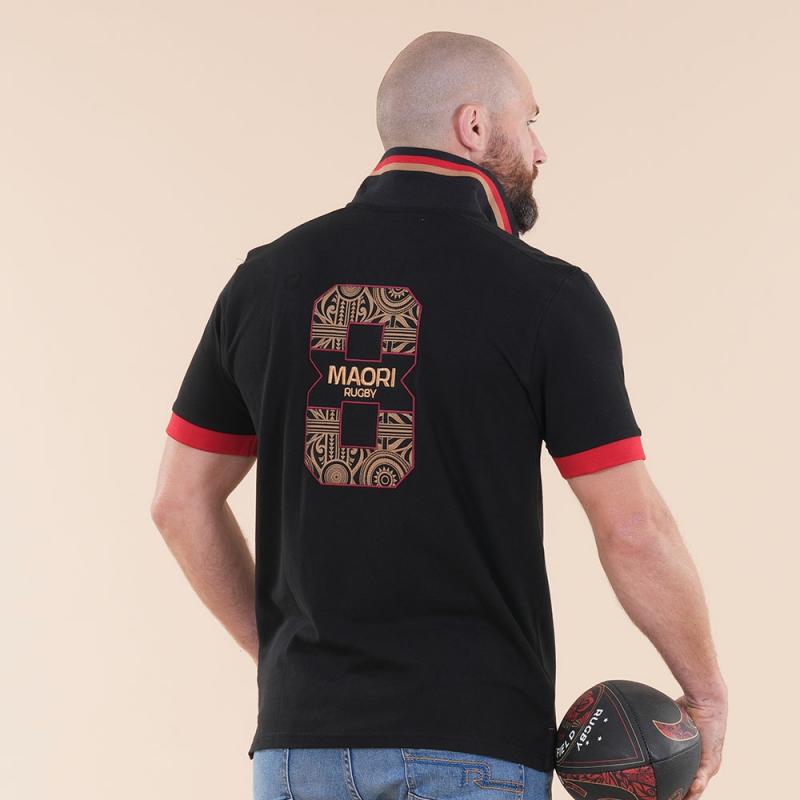
Ruckfield Polos | PRÊT À PORTER Polo Ruckfield Rugby Maori à manches courtes noir
€ 117.80€ 55.10 Choix des options -
Promo !
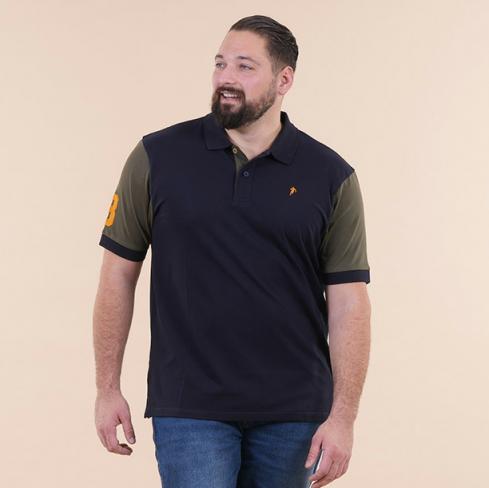
Ruckfield Polos | PRÊT À PORTER Polo Ruckfield à manches courtes bicolore bleu marine/kaki
€ 88.35€ 40.85 Choix des options -
Promo !
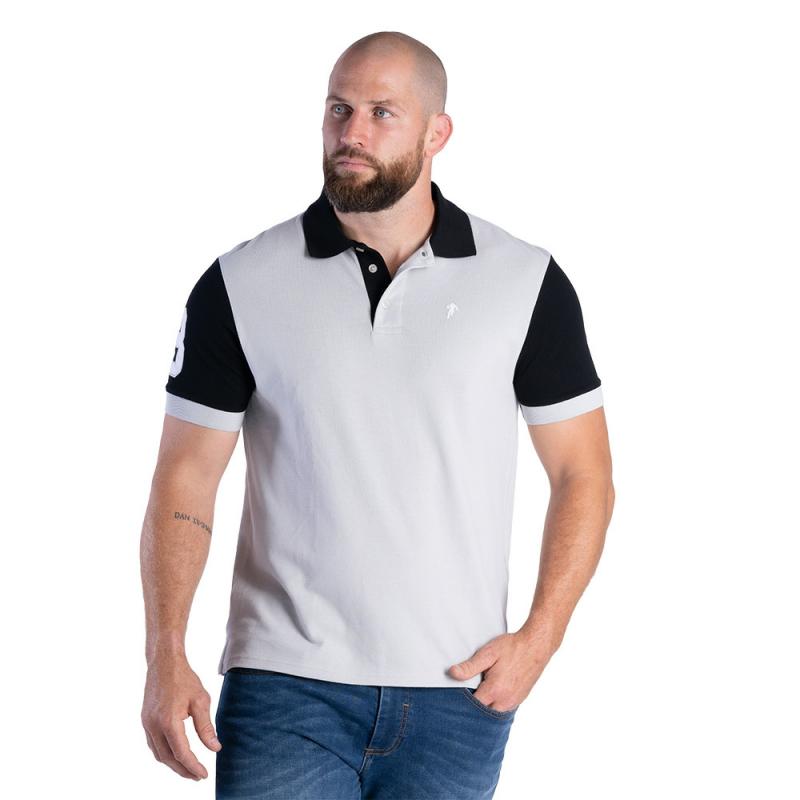
Ruckfield Polos | PRÊT À PORTER Polo N8 Ruckfield bicolore gris et noir à manches courtes
€ 88.35€ 40.85 Choix des options -
Promo !
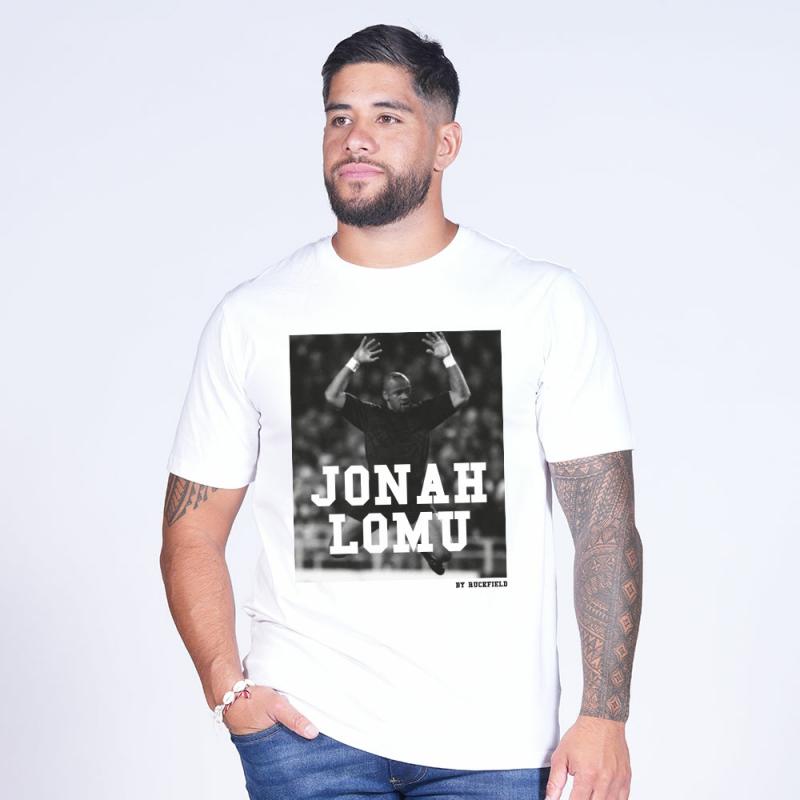
Ruckfield T-shirts | PRÊT À PORTER T-shirt Jonah Lomu blanc
€ 67.45€ 31.35 Choix des options







